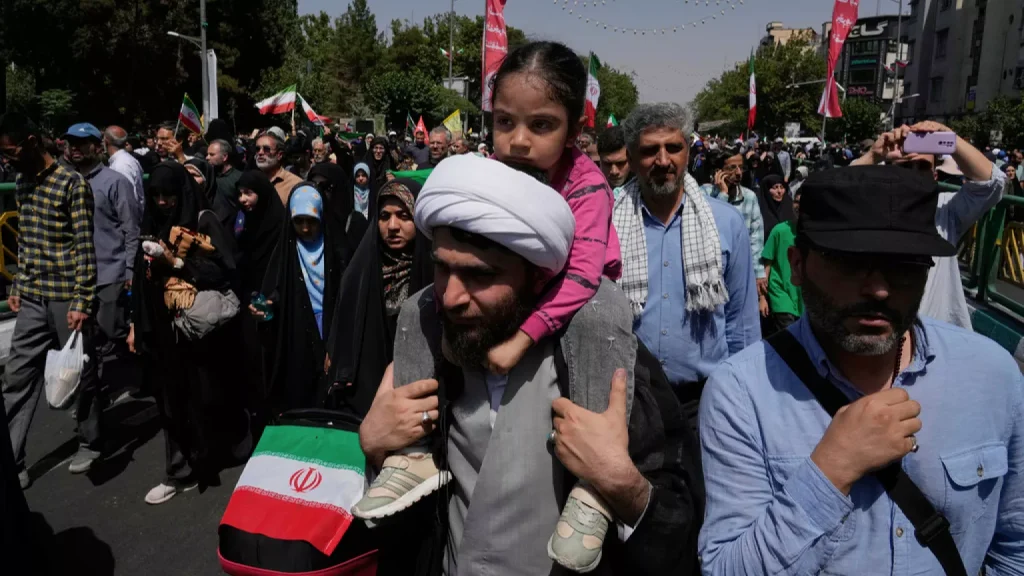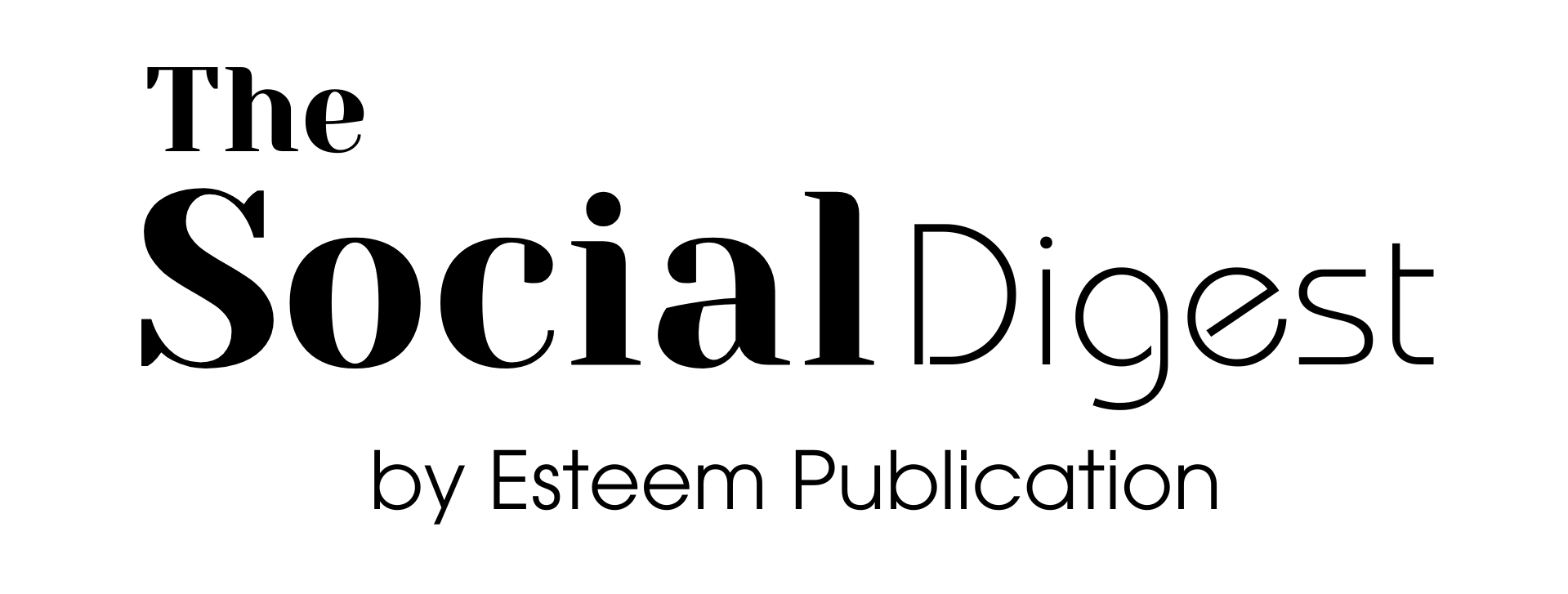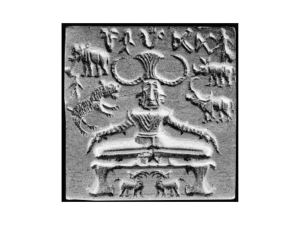As diplomats from Iran and Europe re-entered a negotiation room in Geneva last Friday, the symbolism was heavy. It was the first such meeting since the devastating strikes in June, when Israel bombed Iranian nuclear sites, sparking a brief but intense conflict that left both physical and emotional scars. For those seated at the table, the goal is strategy. But for millions of Iranians, it’s about survival.

These are not abstract geopolitical chess moves. They are events that ripple through daily life — through rising grocery prices, power outages, pharmacy shortages, and the simple but critical act of trying to plan a future. To the international community, sanctions are policy tools. To the average Iranian, they are a form of quiet siege.
Since the U.S. pulled out of the 2015 nuclear deal under President Trump, and re-imposed heavy sanctions, Iran’s economy has crumbled under the weight of international isolation. Now, with European countries threatening to revive their own sanctions if Iran does not scale back its nuclear activity, Iranians brace for impact — again.
Mahsa, a 32-year-old pharmacist in Tehran, says the hardest part isn’t even the medicine shortages anymore. “It’s the uncertainty,” she says. “One day you can afford baby formula, the next week you can’t find it at all.” In rural towns, where access to essential goods is already limited, the squeeze is worse. Families are cutting back on everything from heating fuel to meat. University students are dropping out due to transportation costs. Cancer patients wait weeks for treatments that used to take days.
For Iran’s youth — over 60% of the country’s population is under the age of 35 — the nuclear stalemate has put dreams on pause. “You can’t plan a career, you can’t save to travel, you can’t even imagine a wedding,” says 24-year-old Arman, a computer science graduate who now drives for a ride-hailing app. “Every time there’s a new negotiation, we hope. Every time it fails, we lose more time.”
Despite efforts by government officials to rally public morale, the growing disillusionment is hard to ignore. Iran’s once-thriving creative class has seen an exodus, with artists, scholars, and entrepreneurs leaving the country or giving up their craft under the weight of inflation and censorship.
While Iran’s Deputy Foreign Minister called the latest talks “serious and frank,” public trust in diplomacy is thin. Many citizens feel like pawns in a geopolitical game that ignores their wellbeing. Sahar, a high school teacher in Isfahan, says her students have grown up under a permanent cloud of tension. “They ask me why countries so far away get to decide if their families will eat well this winter. I have no answer for them.”
The E3 — Britain, France, and Germany — have emphasized that their goal is to prevent Iran from building a nuclear weapon. But even that argument is now met with skepticism by Iranian citizens who feel that diplomacy often masks political posturing. “What difference does it make if we have a nuclear deal,” Sahar asks, “if we still can’t afford to live?”
Even before this month’s talks, Iran’s social climate had grown increasingly tense. After June’s attacks, Tehran temporarily cut cooperation with UN nuclear inspectors, escalating both external and internal fear. When the bombs fell in June, they didn’t just hit infrastructure — they hit morale. Now, even as the IAEA’s Rafael Grossi calls for “technical dialogue” and Iran’s foreign ministry urges Europe to “compensate” for past policies, ordinary Iranians remain caught between forces beyond their control.
Still, there’s resilience. Iranian communities continue to organize, educate, and provide for each other where the state cannot. Mutual aid groups have sprouted to help deliver food and medicine to those most affected. Artists and writers still create, quietly challenging the boundaries placed on them. Families still gather for tea, talk about better days, and hope. But hope cannot negotiate alone. As diplomats hash out their agendas behind closed doors, the most pressing conversation may not be about uranium enrichment — but about the real people who live in the fallout.



